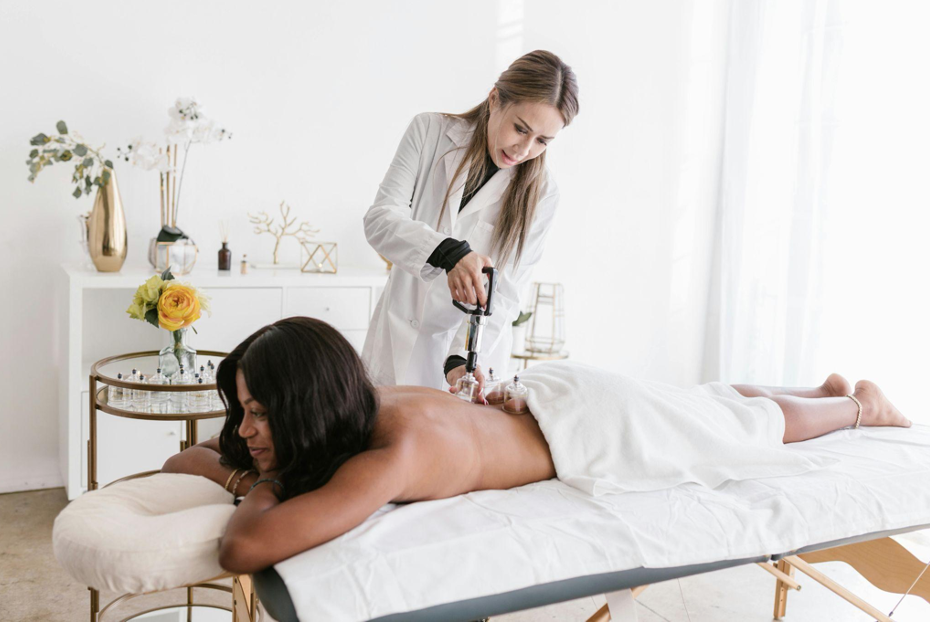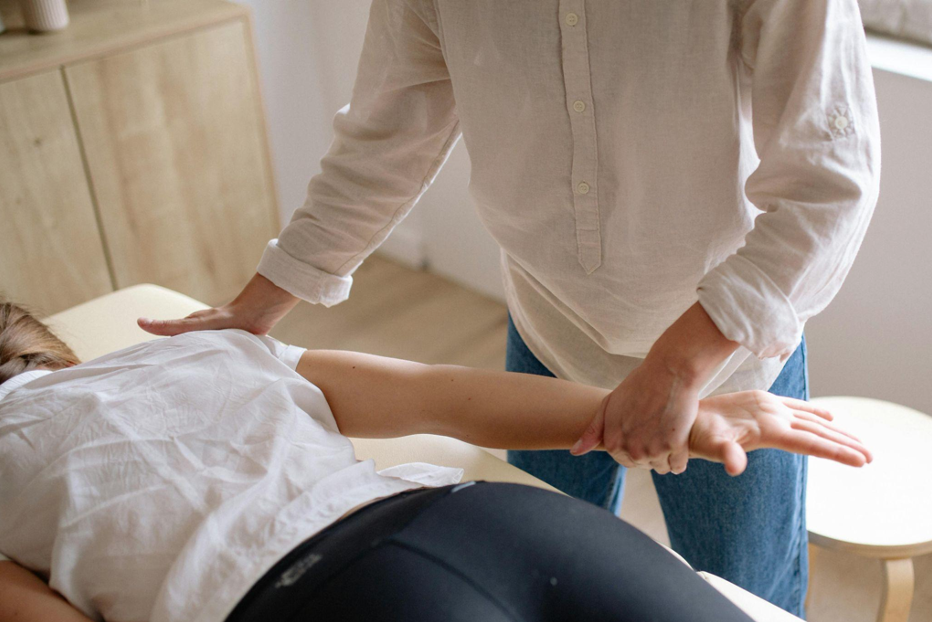Osteopathy was founded by Andrew Taylor Still in the 19th century as an integrative medical approach utilizing manual manipulation of the entire body as one whole entity to promote health through manipulation of its musculoskeletal system.
Osteopathy in Australia is a government-registered allied health profession. They take an evidence-based, patient-centred approach when conducting assessments; using their hands to detect areas of weakness, restriction and strain in the body.
It’s a Holistic Approach
Holistic healing involves treating the entire person rather than their symptoms alone. Practitioners of holistic medicine may prescribe psychotherapy, exercise or massage therapy to help their patients manage stress more effectively as well as diet recommendations and lifestyle advice.
Holistic healing refers to an array of practices, such as natural healthcare, alternative medicine and integrative treatments that may overlap with more mainstream pharmaceutical and medical approaches.
Holistic methods include acupuncture, massage, herbal remedies, homeopathy and meditation as well as nutritional counseling, lifestyle coaching and stress management. Some practitioners even encourage their patients to utilize technology or apps designed to support their wellness goals.
Acupuncture is an alternative form of medicine that uses tiny needles inserted at specific points on the body to treat conditions like arthritis and back pain. Acupuncture has become an increasingly popular treatment option, even being covered by some insurance providers.
Acupuncture and herbal remedies may be less expensive alternatives to medications or treatments for conditions like IBS or ulcerative colitis than other options, while simultaneously relieving patients of stress and improving sleep quality.
Many who turn to holistic therapies also utilise herbal supplements which may ease pain relief while supporting normal bodily function – this approach may be used for chronic fatigue, arthritis or back pain relief. You can visit this helpful site to learn more about herbal supplements.
Osteopathy uses manual osteopathic manipulation techniques to balance the body’s musculoskeletal system, comprising muscles, nerves, and bones.
Osteopathy was pioneered by Missouri physician Andrew Taylor Still in the 1800s who believed many health issues stemmed from structural problems with his spine; as a result of this belief he developed Osteopathic Manipulative Therapy or OMT to restore self-healing capabilities within our bodies.
DOs specialise in the musculoskeletal system and recognise that all systems work in harmony. DOs subscribe to an Osteopathic philosophy called “The Capable Body,” wherein structure and function are interdependent – this philosophy also asserts that people have the capacity to regulate themselves and heal themselves.
It’s Not Painful
Many visitors assume that osteopathy will be painful; this isn’t the case! Your osteopath will listen carefully and use safe techniques during your sessions. They’ll also make sure you understand exactly what they plan to do for you prior to beginning any treatments.
Osteopathy involves gentle movements and manipulations of joints, muscles and ligaments to bring about therapeutic benefit. Osteopathy treatments range from soft tissue work (massage), mobilising joints within their pain free range to counterstrain, functional technique and muscle energy technique as just some approaches available to practitioners.
Your osteopath will explain this soreness with you and discuss why it’s happening.
Osteopathy may not be appropriate for everyone, however; for example if you suffer from severe muscle or bone disorders, severe injuries, or require surgery you should consult a surgeon before seeking treatments. Alternatively, Osteo Perth services can provide effective ways of helping the body heal itself through supporting its amazing self-healing mechanisms. While some people only need one visit, others benefit from an ongoing course.
It’s Safe
Osteopathy is one of the safest joint and muscle treatments currently available; however, like all treatments there can be risks involved with osteopathy that include allergic reactions to oils or creams used during sessions as well as rare instances when treatment worsened infections or open wounds. Therefore, it’s essential that any concerns or allergies be reported so your osteopath can take the necessary measures to ensure your safety.
It’s Effective
Osteopathy is a safe, drug-free treatment used to address various conditions. This treatment relieves muscle pain, boosts circulation and speeds healing. Additionally, it promotes relaxation, increases energy levels and enhances posture – as well as being effective against respiratory problems and digestive disorders.
Osteopathic manipulations aim at creating balance in your body so any imbalances can be corrected using osteopathic manipulations. You can click the link: https://www.health.gov.au/topics/physical-aactivity to learn more about this therapeutic technique.
When visiting an osteopath, they will assess all your physical symptoms as well as any emotional or social influences which could be contributing to them. They believe structure and function are interdependent and will devise a treatment strategy to treat all areas of your musculoskeletal system as well as circulatory and nervous systems.
Osteopathy treatment has proven invaluable in managing various ailments, from sports injuries and work-related injuries, neck and back pain, headaches and migraines, pregnancy-related postural adjustments and menstrual cramps, to improving digestion, restful sleep and managing chronic conditions like fibromyalgia or arthritis by correcting muscular imbalances that could be contributing. It’s especially helpful for pregnant women as osteopathy helps them adjust to these changes more easily during gestation.
Osteopathic care also assists pregnant women with hormonal and postural adjustments during gestation by helping adjust to postural changes caused by hormonal and postural adjustments during gestation as well as helping pregnant women adjust during gestation adjusting more smoothly to changes that occurs during gestation – such as postural adjustments due to hormonal and postural changes caused during gestation causing stress relief, improved digestion, restful sleep as well as ease menstrual cramping during menstruation.


